If you’re looking to add a touch of the exotic and unusual to your plant collection, sundew plants (Drosera) are a perfect choice. Known for their glistening, dew-like tentacles and carnivorous habits, sundews are both beautiful and functional — they help control pesky insects while adding visual intrigue. With over 194 species worldwide, sundews range from tiny, delicate varieties to larger, dramatic specimens. Here’s a look at 5 fascinating sundew plants you can grow for a captivating, carnivorous touch.
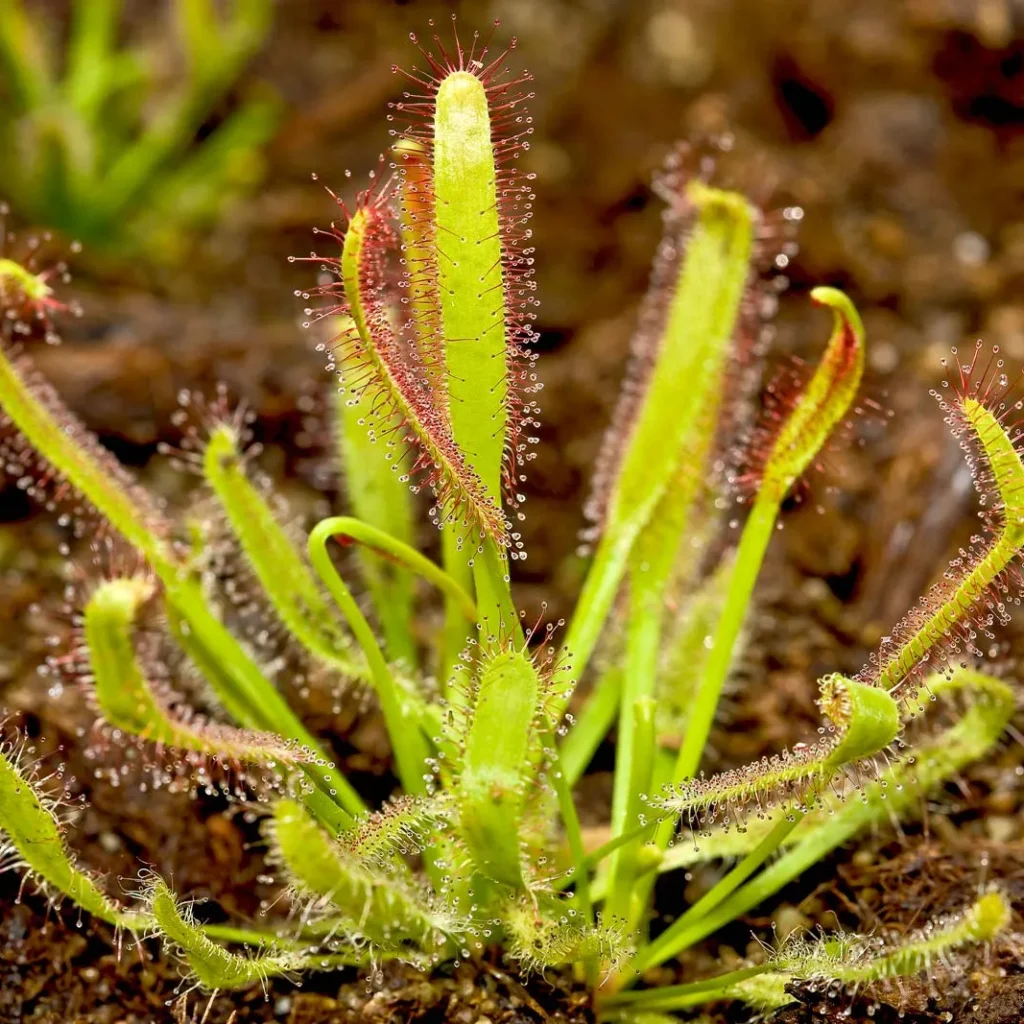
1. Cape Sundew (Drosera capensis)
Cape Sundew is one of the most popular and easiest carnivorous plants to grow, making it ideal for beginners. Native to South Africa, it features long, slender leaves lined with glistening red tentacles that secrete a sticky, insect-trapping substance. Insects become stuck to these droplets, and the leaves slowly curl around their prey. Cape Sundew produces delicate, pink or white flowers on tall stems. It thrives in bright, indirect sunlight and moist, acidic soil, and is perfect for windowsills, terrariums, or greenhouses.
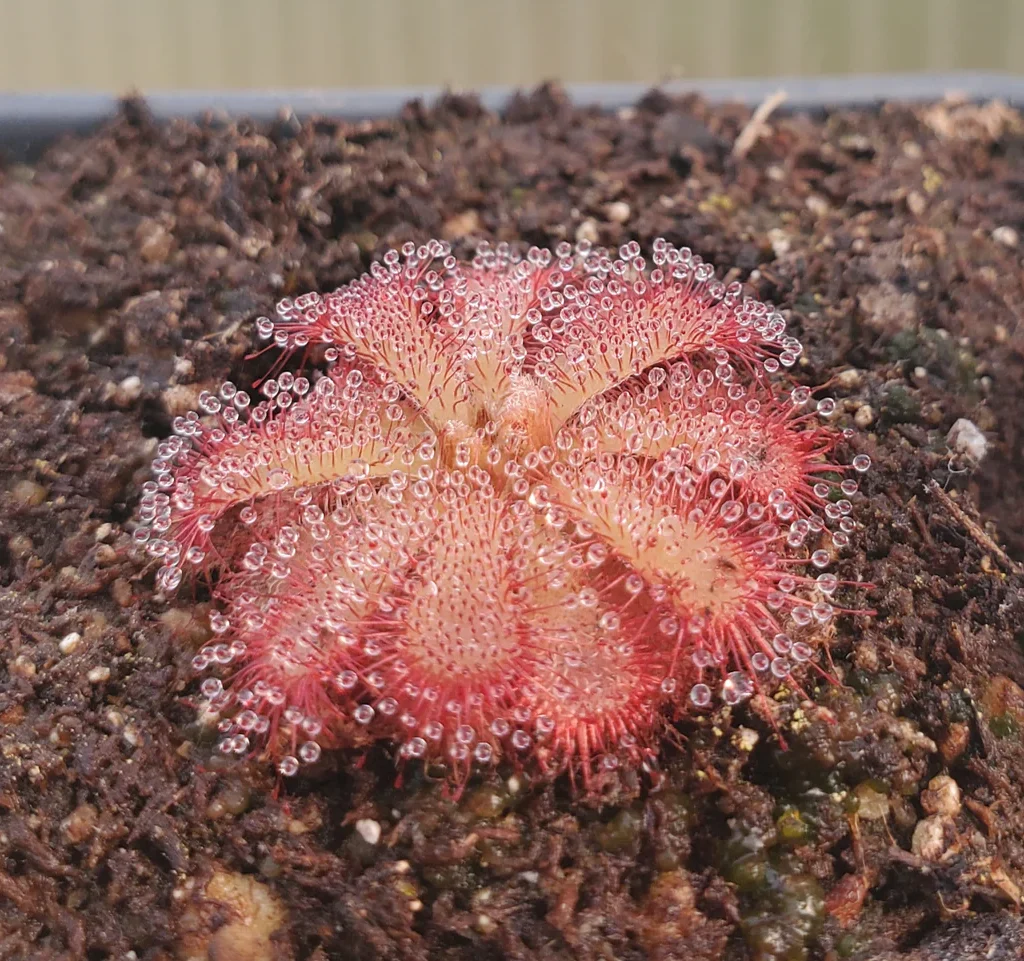
2. Alice Sundew (Drosera aliciae)
Alice Sundew is a charming and compact variety native to the Cape region of South Africa. It forms neat rosettes of spoon-shaped leaves covered with sparkling red glands. Though small in size, this plant is highly efficient at catching gnats, fruit flies, and other tiny insects. It’s known for its rapid growth and tolerance for indoor conditions. Alice Sundew blooms with petite pink or purple flowers and prefers bright, indirect light and consistently damp soil. It’s a delightful addition to terrariums and windowsill collections.
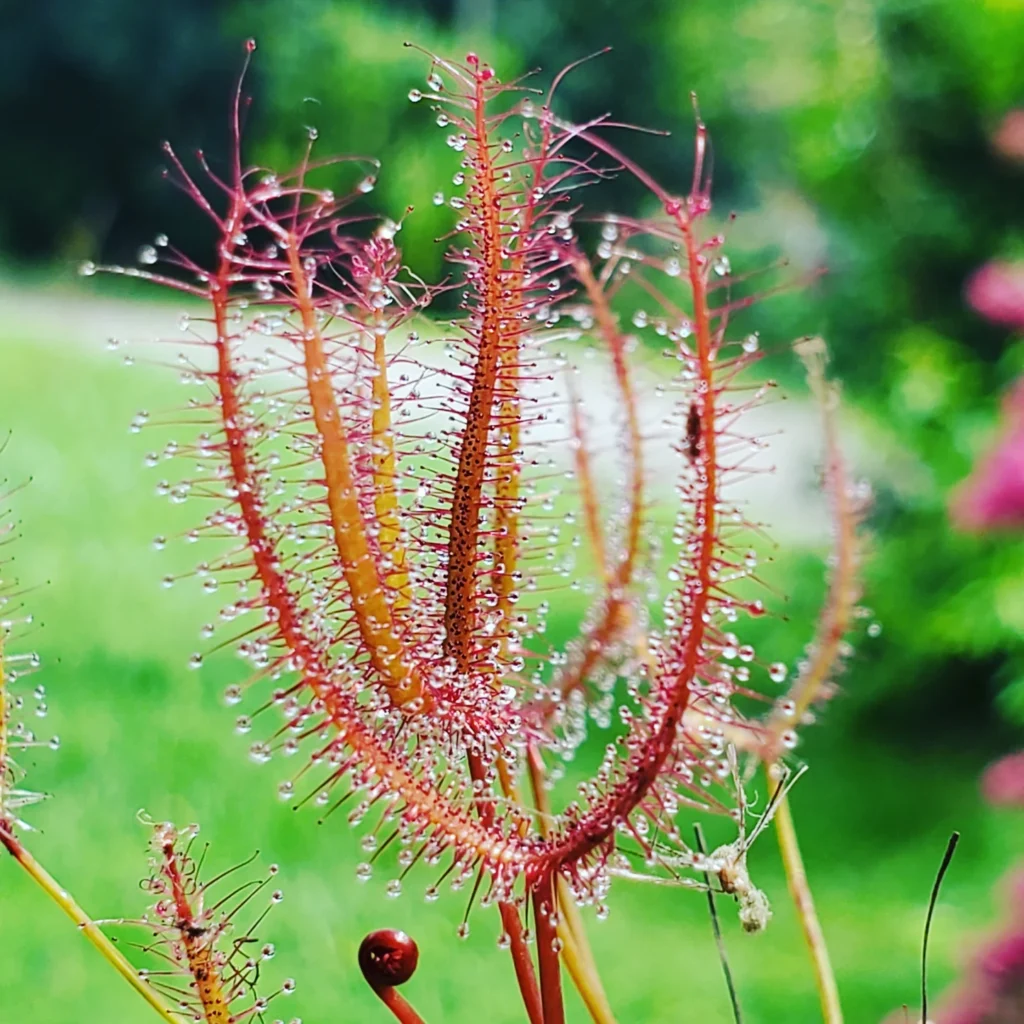
3. Fork-Leaf Sundew (Drosera binata)
For a more dramatic carnivorous plant, the Fork-Leaf Sundew is an eye-catching option. This variety is native to Australia and New Zealand and is easily recognized by its forked, branching leaves lined with glistening hairs. Its unusual leaf shape sets it apart from other sundews, giving it a more architectural look. Fork-Leaf Sundew is highly effective at catching larger insects like flies and small moths. It enjoys bright, filtered light and thrives in moist, acidic soil. In summer, it produces tall stalks of delicate, pink flowers.

4. Round-Leaved Sundew (Drosera rotundifolia)
The Round-Leaved Sundew is a classic carnivorous plant native to North America, Europe, and Asia. Its round, flat leaves are covered with red, dew-like glands that sparkle in the light and trap insects. This species is particularly cold-hardy and often found in bogs and wetland areas. Round-Leaved Sundew produces small, white flowers on slender stems during the summer months. It thrives in full to partial sun and loves consistently damp, acidic soil. This plant is perfect for outdoor bog gardens or as part of a native plant display.
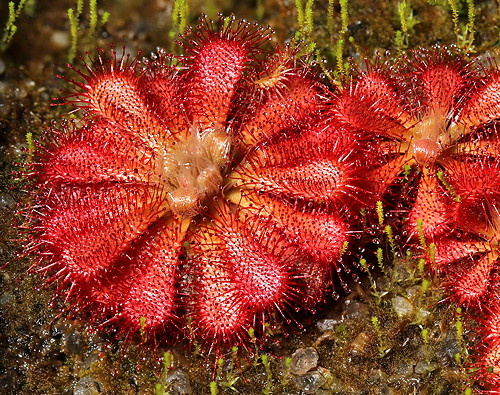
5. Spatulata Sundew (Drosera spatulata)
Known as the Spatulata Sundew or spoon-leaved sundew, this species features rosettes of spoon-shaped leaves with a reddish tint and sparkling glandular hairs. Native to Southeast Asia, Australia, and New Zealand, it’s one of the easiest sundews to grow indoors. Spatulata Sundew is highly adaptable and will happily catch small insects like gnats and fruit flies. It blooms frequently, producing charming pink flowers on upright stalks. This sundew thrives in bright, indirect light and damp, acidic soil, making it a favorite for terrarium setups.
Final Thoughts
Sundews bring an irresistible combination of delicate beauty and carnivorous prowess to any plant collection. Whether you’re after the dramatic Fork-Leaf Sundew or the beginner-friendly Cape Sundew, these unique plants add character and natural pest control to your space. With the right care — plenty of bright light, high humidity, and consistently moist soil — your sundew plants will thrive and reward you with their glittering, insect-catching tentacles.
Would you like care tips or terrarium ideas for displaying these beauties? I’d be happy to help!

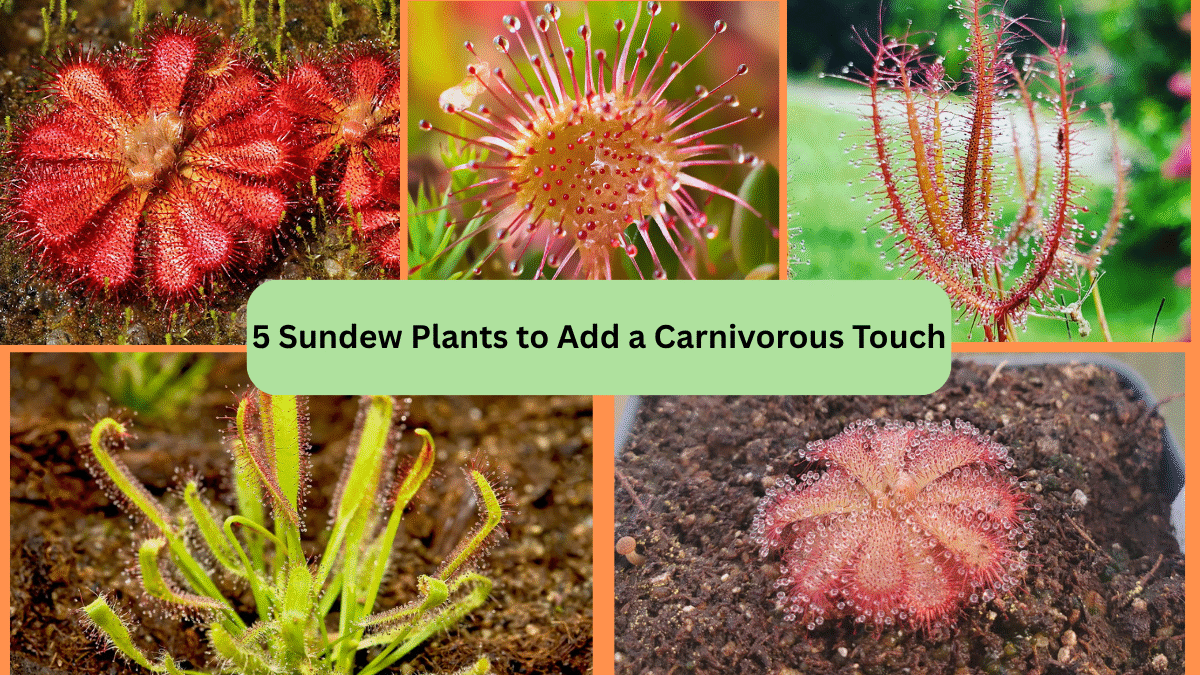



Leave A Comment